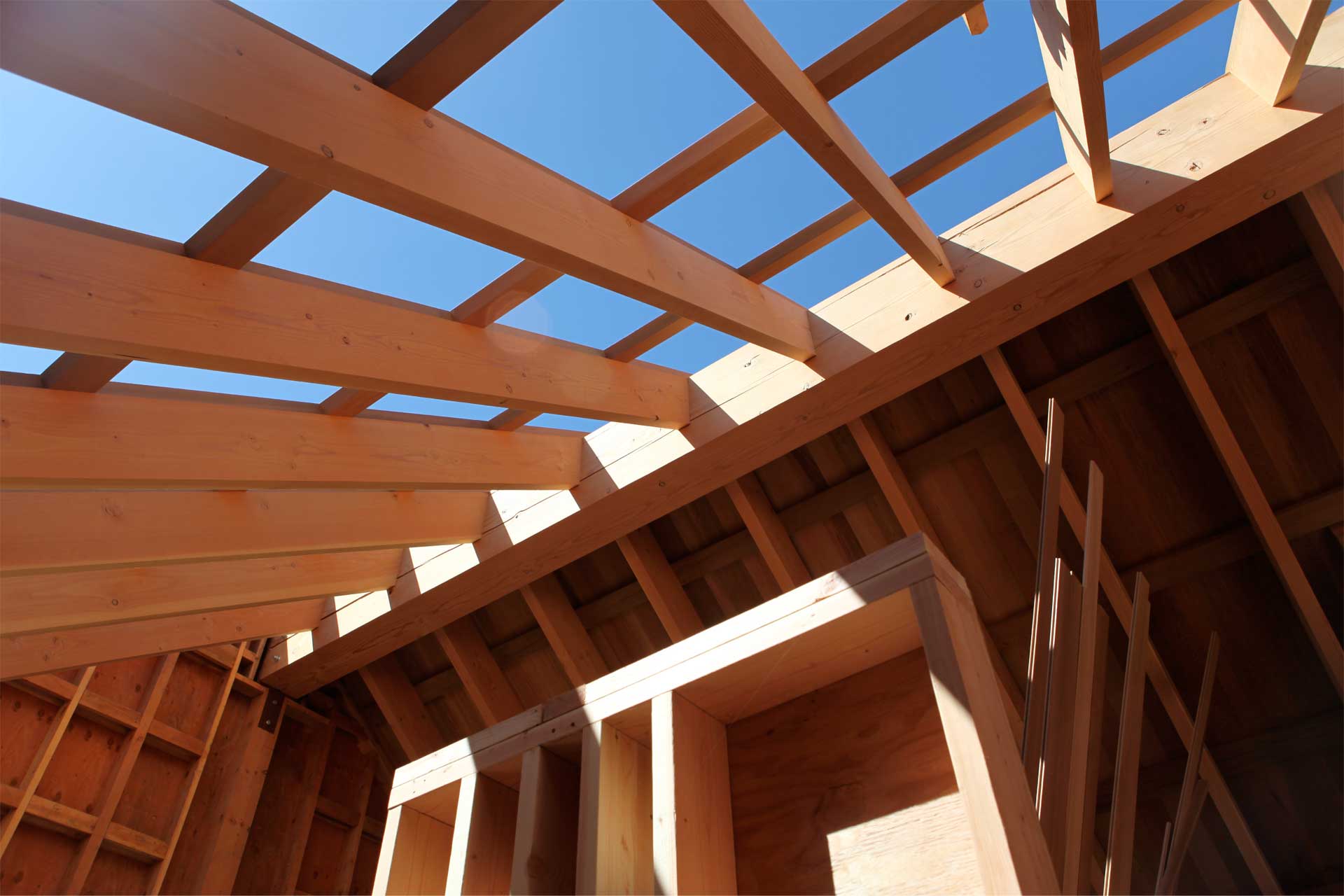BUILDING SCIENCE
Applying laws of physics to the design, construction, and operation
of the building.
of the building.
- Controlling the flow of heat and moisture through the building enclosure (roof, walls & foundation) to:
- Reduce energy needed for space conditioning.
- Reduce the potential for moisture damage in sensitive materials.
- Achieved through an understanding of:
- The flow of heat and moisture through individual materials.
- The performance of the entire assembly (walls, roof)—composed of multiple materials.
- The exterior loads—climatic and site specific.
- The interior loads—occupancy, use and special conditions (sauna, steam room).
- The effect of external pressures generated by wind.
- The effect of internal pressures generated by mechanical equipment such as fans.
- Decisions affected by the application of building science principles:
- Insulating sheathing on walls that reduces thermal bridging:
- Hunter roof panels that reduce thermal bridging and provide venting under roof deck.
- Spray-in glass insulation that reduces air infiltration (and does not contain toxic halogenated flame retardants typical of spray foam insulation).
- Membranes used in walls and roof to provide effective air barriers and drainage planes.
- Under Hunter roof panels and beneath rosin paper of metal roof assembly.
- Interior to insulating wall sheathing.
- Back venting of claddings provides drainage pathway and ventilation for improved material longevity.
- Glazing performance
- Low U-value to reduce heat loss.
- SHGC (solar heat gain coefficient) optimized for the specific design.
- Details of construction to provide continuity of air, water, and thermal barriers.
- Fire-safe detail(s) in roof and wall claddings to restrict ember entry behind the vented wall and roof claddings, at the bottom of the wall and eave, designed not to compromise moisture-managed wall and roof assemblies.
- Wall cladding finish strategy, balancing appearance and UV-resistance.
- Insulating sheathing on walls that reduces thermal bridging:
- The Project

